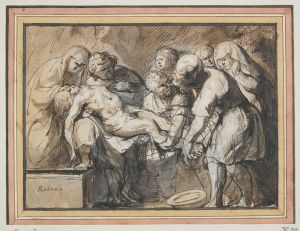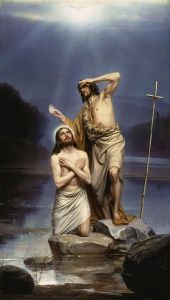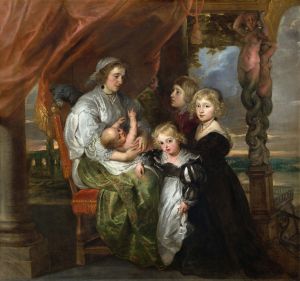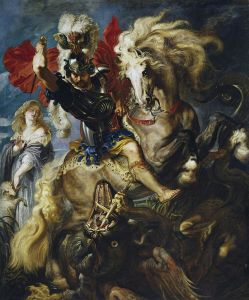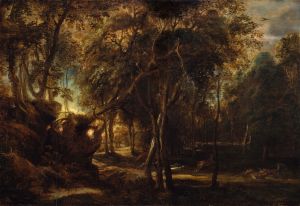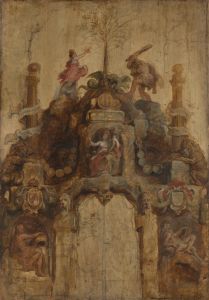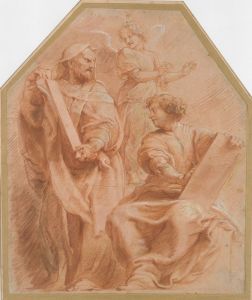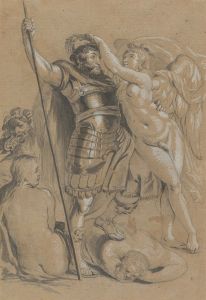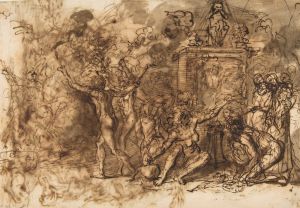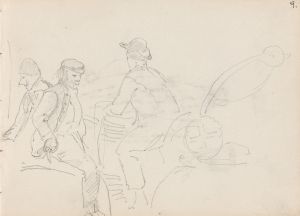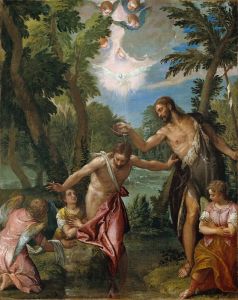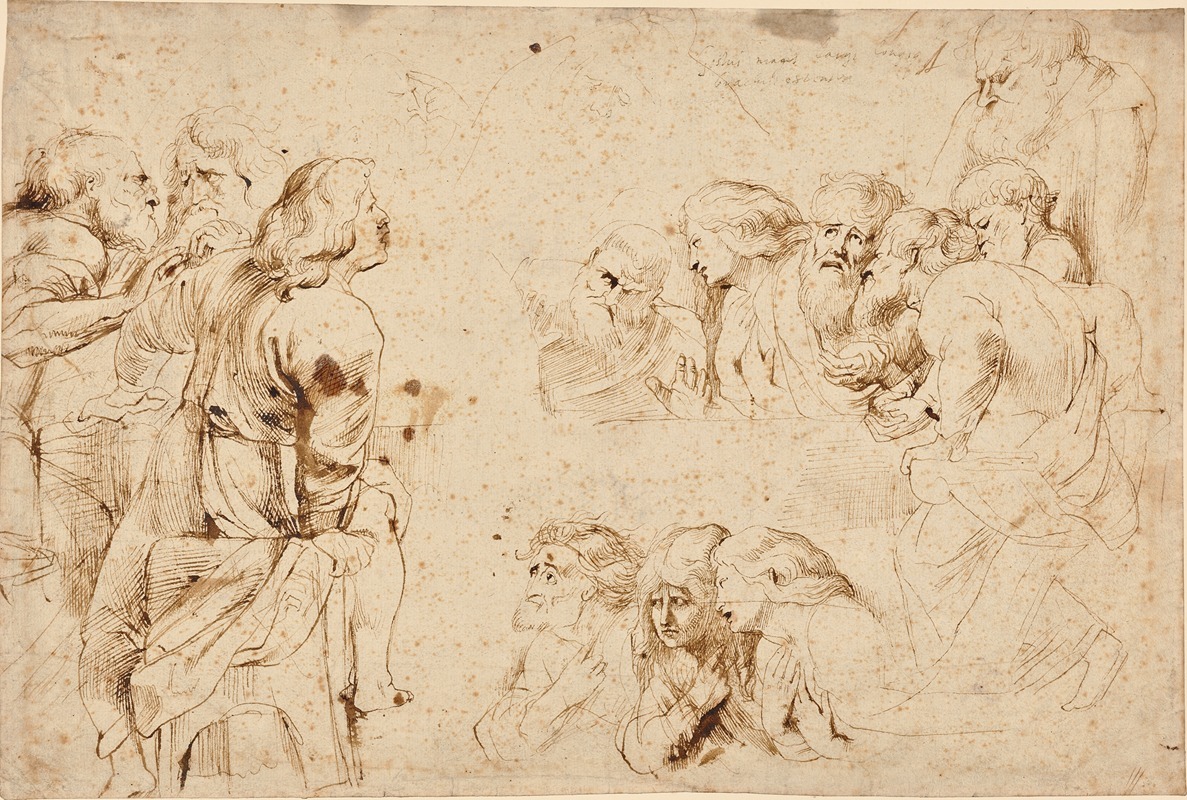
Three Groups of Apostles in a Last Supper
A hand-painted replica of Peter Paul Rubens’s masterpiece Three Groups of Apostles in a Last Supper, meticulously crafted by professional artists to capture the true essence of the original. Each piece is created with museum-quality canvas and rare mineral pigments, carefully painted by experienced artists with delicate brushstrokes and rich, layered colors to perfectly recreate the texture of the original artwork. Unlike machine-printed reproductions, this hand-painted version brings the painting to life, infused with the artist’s emotions and skill in every stroke. Whether for personal collection or home decoration, it instantly elevates the artistic atmosphere of any space.
Peter Paul Rubens, a prominent Flemish Baroque painter, is renowned for his dynamic compositions, vibrant color palette, and dramatic use of light and shadow. Among his extensive body of work, "Three Groups of Apostles in a Last Supper" stands out as a significant piece, though it is not as widely discussed as some of his other masterpieces. This painting is part of Rubens' exploration of religious themes, which he frequently revisited throughout his career.
Rubens was born in 1577 in Siegen, in present-day Germany, and grew up in Antwerp, where he received his artistic training. He became one of the leading figures of the Baroque movement, known for its emphasis on movement, contrast, and emotional intensity. Rubens' work often depicted religious and mythological subjects, and he was highly sought after by patrons across Europe.
"Three Groups of Apostles in a Last Supper" is a depiction of the biblical scene of the Last Supper, a subject that has been interpreted by many artists throughout history. While the exact date of this painting is not firmly established, it is believed to have been created during Rubens' mature period, when he was at the height of his artistic powers.
In this work, Rubens focuses on the apostles, dividing them into three distinct groups. This compositional choice allows for a dynamic interaction between the figures, highlighting their varied emotional responses to the momentous event they are witnessing. Rubens' skillful use of color and light enhances the drama of the scene, drawing the viewer's eye to the expressions and gestures of the apostles.
Rubens' depiction of the Last Supper is characterized by its attention to detail and the individuality of each apostle. Unlike some traditional representations that emphasize symmetry and order, Rubens' composition is more fluid and naturalistic. This approach reflects the Baroque interest in capturing the complexity of human emotion and the immediacy of the moment.
The painting is also notable for its use of chiaroscuro, a technique that Rubens mastered and employed to great effect. By contrasting light and shadow, he creates a sense of depth and volume, bringing the figures to life and adding to the overall impact of the scene.
Rubens' ability to convey narrative through his art is evident in "Three Groups of Apostles in a Last Supper." Each group of apostles seems to be engaged in its own conversation or reaction, yet they are all connected by the central theme of the Last Supper. This interconnectedness is a hallmark of Rubens' work, showcasing his understanding of composition and storytelling.
While "Three Groups of Apostles in a Last Supper" may not be as famous as some of Rubens' other works, such as "The Elevation of the Cross" or "The Descent from the Cross," it remains an important example of his religious art. It reflects his ability to reinterpret traditional subjects with a fresh perspective, infusing them with the energy and emotion that define the Baroque style.
Rubens' influence on the art world was profound, and his works continue to be studied and admired for their technical brilliance and emotional depth. "Three Groups of Apostles in a Last Supper" is a testament to his mastery of the medium and his enduring legacy as one of the great painters of the Baroque era.





